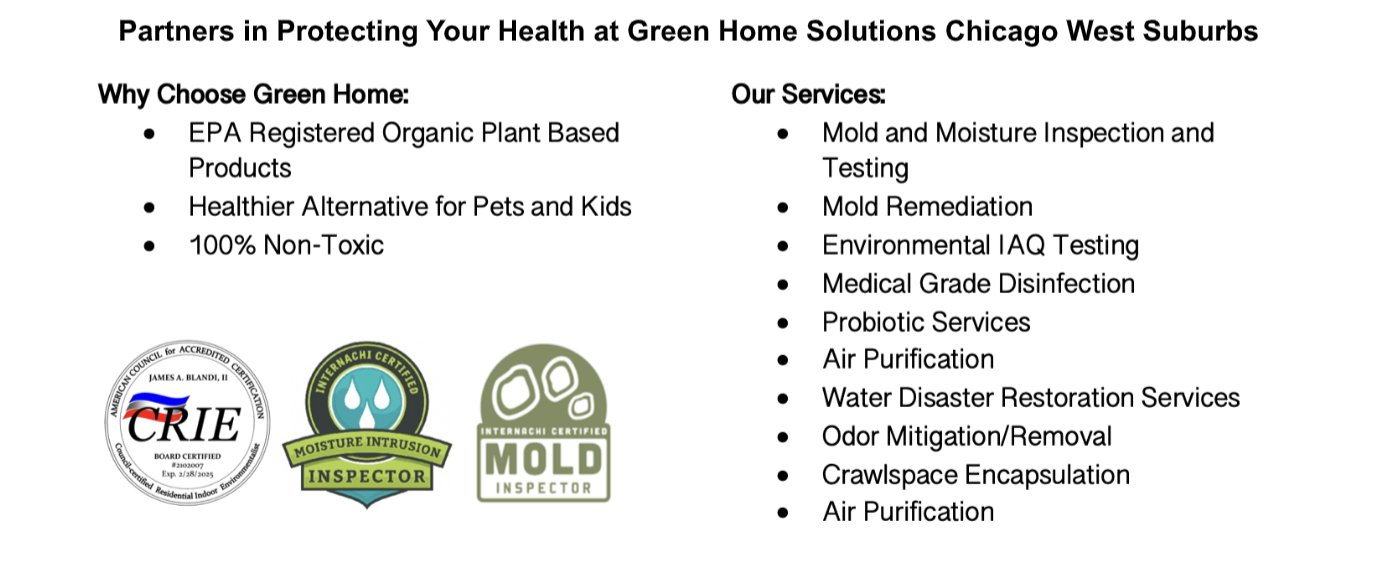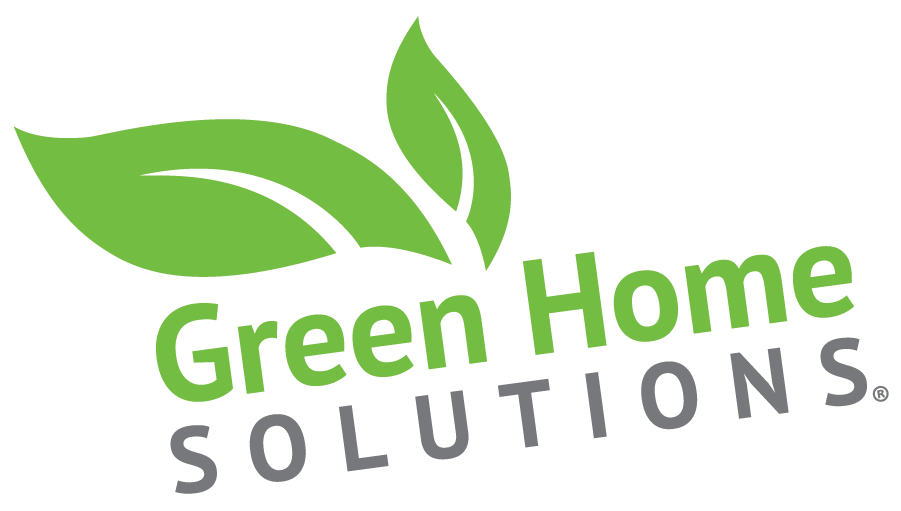Types of Inspection Tests Performed
EMMA Testing for Myctotoxins
EMMA testing, or Environmental Mold and Mycotoxin Assessment, is a type of testing that is used to detect the presence of mycotoxins in indoor environments. Mycotoxins are toxic substances that are produced by certain types of molds, and can be harmful to human health if ingested or inhaled.
During an EMMA test, samples of indoor air, dust, and/or surfaces may be collected and analyzed for the presence of mycotoxins. This can be done using a variety of methods, including laboratory analysis of samples, as well as on-site testing using specialized equipment.
The results of an EMMA test can provide valuable information about the types and levels of mycotoxins present in a given indoor environment. This information can be used to help identify potential sources of indoor mold growth, as well as to develop a plan for remediation and prevention of future mold growth.
It is important to note that EMMA testing is just one tool that can be used to assess indoor air quality, and should be conducted by a qualified professional with experience in mold and mycotoxin assessment.
Volatile Organic Compound Testing
- Volatile Organic Compound (VOC) testing is a type of indoor air quality testing that is used to measure the levels of VOCs in the air of an indoor environment. VOCs are chemicals that are emitted from a wide range of products, such as building materials, cleaning products, furniture, and electronics, and can have negative health effects when present in high concentrations.
- During a VOC testing, air samples may be collected using specialized equipment and analyzed in a laboratory to identify the types and levels of VOCs present in the indoor air. The results of the testing can be used to evaluate the overall indoor air quality and to identify potential sources of VOCs in the indoor environment.
- Exposure to high levels of VOCs can cause a range of health effects, such as headaches, dizziness, nausea, and respiratory irritation. Long-term exposure to certain VOCs has been linked to more serious health effects, such as cancer and neurological disorders. Therefore, it is important to monitor VOC levels in indoor environments to ensure that they remain within safe limits.
- Reducing exposure to VOCs can be achieved through a variety of measures, such as using low-emitting building materials, choosing low-VOC products, ensuring adequate ventilation, and regularly maintaining and cleaning HVAC systems. Consulting with an indoor air quality professional can help identify potential sources of VOCs and develop a plan to reduce exposure in your indoor environment.
Allergen Sampling in Indoor Air Quality
Allergen sampling is a type of indoor air quality testing that is used to measure the levels of indoor allergens present in the air of an indoor environment. Indoor allergens are substances that can cause allergic reactions in some people, such as dust mites, pet dander, pollen, and mold spores.
During an allergen sampling, air samples may be collected using specialized equipment and analyzed in a laboratory to identify the types and levels of allergens present in the indoor air. The results of the testing can be used to evaluate the overall indoor air quality and to identify potential sources of indoor allergens in the indoor environment.
Exposure to high levels of indoor allergens can cause a range of health effects, such as respiratory irritation, asthma attacks, and allergic reactions. Therefore, it is important to monitor indoor allergen levels to ensure that they remain within safe limits.
Reducing exposure to indoor allergens can be achieved through a variety of measures, such as controlling humidity levels, regularly cleaning and maintaining HVAC systems, using air filters, and regularly cleaning surfaces to reduce the buildup of allergens. Consulting with an indoor air quality professional can help identify potential sources of indoor allergens and develop a plan to reduce exposure in your indoor environment.
Mold Sampling: Air, Swab and Tape Lift
Mold sampling is a type of indoor air quality testing that is used to measure the levels of mold present in the air and on surfaces in an indoor environment. Mold can grow in areas of high humidity or moisture, and can have negative health effects when present in high concentrations.
There are several types of mold sampling methods, including air sampling, swab sampling, and tape lift sampling.
Air sampling involves collecting samples of air using specialized equipment, and analyzing the samples in a laboratory to identify the types and levels of mold present in the indoor air. This method can help determine the overall concentration of mold spores in the indoor environment, and can help identify potential sources of mold growth.
Swab sampling involves using a swab to collect a sample of mold from a surface, and analyzing the sample in a laboratory to identify the types and levels of mold present on the surface. This method is often used to identify the specific type of mold present on a surface, and can help determine the extent of the mold growth.
Tape lift sampling involves using a piece of clear tape to collect a sample of mold from a surface, and analyzing the sample in a laboratory to identify the types and levels of mold present on the surface. This method is often used to identify the specific type of mold present on a surface, and can help determine the extent of the mold growth.
It is important to note that mold sampling is just one tool that can be used to assess indoor air quality, and should be conducted by a qualified professional with experience in mold assessment. The results of mold sampling can be used to develop a plan for remediation and prevention of future mold growth.
If you’re looking for any of these services, find it in your heart to call Green Home Solutions Chicago West Suburbs at 630-847-0013.

Your friends at Green Home Solutions Chicago West Suburbs
Contact Us Today to Request a Service
Isn’t it time for you to breathe cleaner, fresher air? Complete our simple form to request any of our services including air quality testing, mold removal, odor treatment, crawl space encapsulation, duct cleaning and more, or call Green Home Solutions of Naperville, IL at 630-847-0013 to talk with an expert today.
